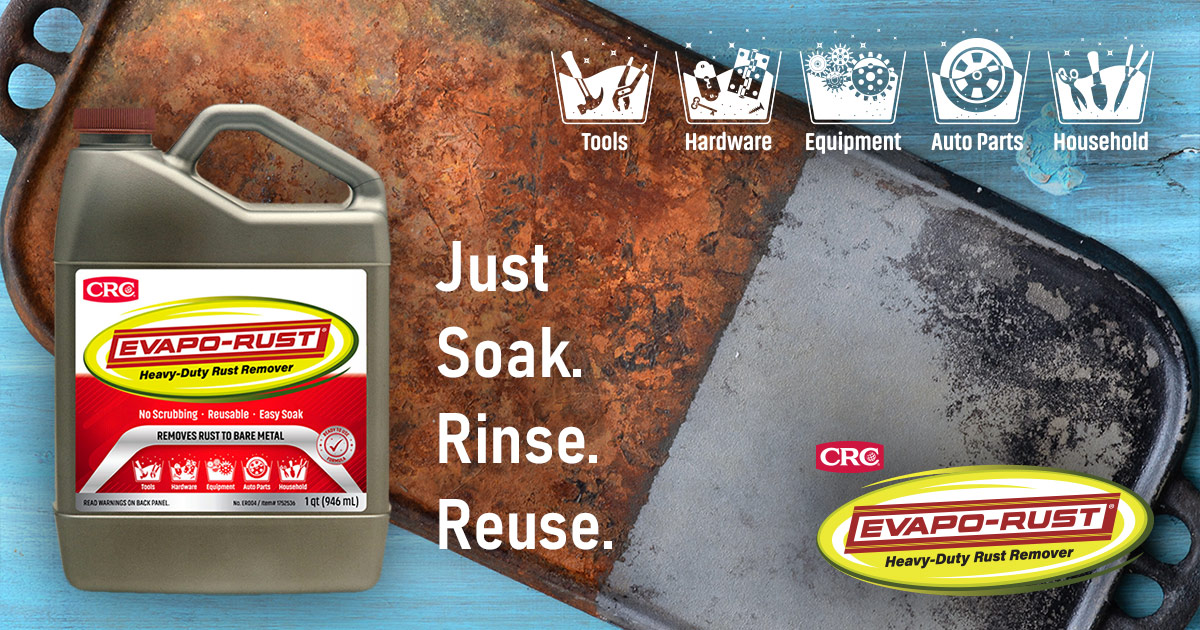Given the depth of knowledge of folks here, I thought I would put this out for any suggestions, tips, etc. Friend agreed to help another friend's estate get a 1931 Model A running so it can be sold. Initially thought simple enough but as usual gas was left in tank (now evaporated) who knows how many years ago and tank is rusted but not obvious if any leaks. Now the hard part. Tank is also the cowl between hood and windshield so it's painted and part of body. And on top of that, apparently late 31s had fuel outlet in different place than previous and the model ended in 31 so very limited and unobtanium. So even if a correct tank can be found or earlier made to work, then comes tearing into the body and trying to match paint. All of which is turning into a major project for someone just trying to help out his friend's estate.
I know there's various products for cleaning/treating/sealing gas tanks but anyone familiar with any products/chemicals or processes which can be used to clean a tank like this in place? Volume is 11-12 gal and filling/draining should be doable. No one is trying to hide anything from potential buyers, just trying get it back into minimal running condition vs selling as is. And yes I know there are a zillion car forums out there.

I know there's various products for cleaning/treating/sealing gas tanks but anyone familiar with any products/chemicals or processes which can be used to clean a tank like this in place? Volume is 11-12 gal and filling/draining should be doable. No one is trying to hide anything from potential buyers, just trying get it back into minimal running condition vs selling as is. And yes I know there are a zillion car forums out there.





